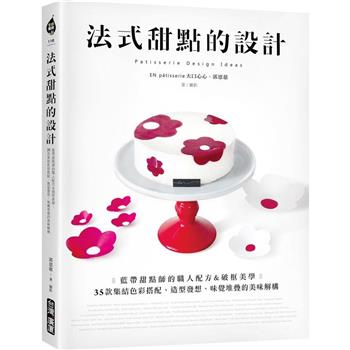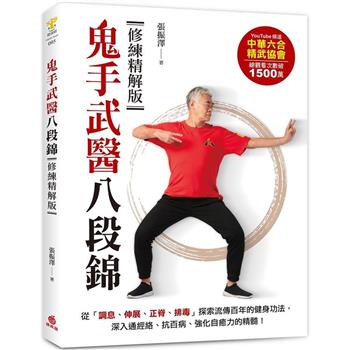Almost 75 million American adults-approximately one-third-have hypertension. The prevalence of hypertension increases with advancing age such that more than half of people 55 to 74 years old and approximately three-fourths of those age 75 years and older are affected. In addition to being the primary attributable risk factor for death throughout the world, hypertension results in substantial morbidity because of its impact on numerous target organs, including the brain, eyes, heart, arteries, and kidneys. Despite the high rates of morbidity and mortality attributable to hypertension, control of the condition remains suboptimal. In addition to several effective nonpharmacological interventions-including diet, exercise, and control of body weight-many people require antihypertensive medication to lower blood pressure. Among the many choices in antihypertensive therapy, some of the most common are those aimed at affecting the renin-angiotensin-aldosterone (renin) system. The renin system is an important mediator of blood volume, arterial pressure, and cardiac and vascular function. Components of this system can be identified in many tissues, but the primary site of renin release is the kidney. The renin system can be triggered by sympathetic stimulation, renal artery hypotension, and decreased sodium delivery to the distal tubule. Through proteolytic cleavage, renin acts on the oligopeptide substrate angiotensinogen to produce the decapeptide angiotensin I. In turn, two terminal peptide residues of angiotensin I are removed by the angiotensinconverting enzyme (ACE) to form the octapeptide angiotensin II. Angiotensin II acts directly on the resistance vessels to: increase systemic vascular resistance and arterial pressure; stimulate the adrenal cortex to release aldosterone, which leads to increased sodium and water reabsorption and potassium excretion; promote secretion of antidiuretic hormone, which leads to fluid retention; stimulate thirst; promote adrenergic function; and increase cardiac and vascular hypertrophy. Therapies aimed at modifying the renin system have been used extensively for treatment of hypertension, heart failure, myocardial infarction, diabetes, and renal disease. Currently, three classes of drugs that interact with this system are used to inhibit the effects of angiotensin II: the angiotensin-converting enzyme inhibitors (ACEIs), the angiotensin II receptor blockers/antagonists (ARBs), and the direct renin inhibitors. ACEIs block the conversion of angiotensin I into angiotensin II; ARBs selectively inhibit angiotensin II from activating the angiotensin-specific receptor (AT1); and direct renin inhibitors block the conversion of angiotensinogen into angiotensin I. This review summarizes the evidence on the comparative long-term benefits and harms of ACEIs, ARBs, and direct renin inhibitors, focusing on their use for treating essential hypertension in adults. In that analysis, investigators assessed the conclusions from the original comparative effectiveness review, performed a limited literature search of potentially new evidence, and solicited expert opinions concerning the state of the evidence and validity of the original report. Key Questions addressed are: Key Question 1. For adult patientsa with essential hypertension, how do ACEIs (angiotensin-converting enzyme inhibitors), ARBs (angiotensin II receptor antagonists), and direct renin inhibitorsb differ in blood pressure control, cardiovascular risk reduction, cardiovascular events, quality of life, and other outcomesc? Key Question 2. For adult patients with essential hypertension, how do ACEIs, ARBs, and direct renin inhibitors differ in safety, adverse events, tolerability, persistence with drug therapy, and treatment adherence
| FindBook |
有 1 項符合
Angiotensin-Converting Enzyme Inhibitors (ACEIS), Angiotensin II Receptor Antagonists (ARBS), and Direct Renin Inhibitors for Tr的圖書 |
 |
Angiotensin-Converting Enzyme Inhibitors (ACEIS), Angiotensin II Receptor Antagonists (ARBS), and Direct Renin Inhibitors for Tr 作者:U. S. Department of Health and Human Services(COR)/ Agency for Healthcare Research and Quality (COR) 出版社:Createspace Independent Publishing Platform 出版日期:2013-04-06 語言:英文 規格:平裝 / 370頁 / 27.9 x 21.6 x 2 cm / 普通級 |
| 圖書館借閱 |
| 國家圖書館 | 全國圖書書目資訊網 | 國立公共資訊圖書館 | 電子書服務平台 | MetaCat 跨館整合查詢 |
| 臺北市立圖書館 | 新北市立圖書館 | 基隆市公共圖書館 | 桃園市立圖書館 | 新竹縣公共圖書館 |
| 苗栗縣立圖書館 | 臺中市立圖書館 | 彰化縣公共圖書館 | 南投縣文化局 | 雲林縣公共圖書館 |
| 嘉義縣圖書館 | 臺南市立圖書館 | 高雄市立圖書館 | 屏東縣公共圖書館 | 宜蘭縣公共圖書館 |
| 花蓮縣文化局 | 臺東縣文化處 |
|
|
圖書介紹 - 資料來源:博客來 評分:
圖書名稱:Angiotensin-Converting Enzyme Inhibitors (ACEIS), Angiotensin II Receptor Antagonists (ARBS), and Direct Renin Inhibitors for Tr
|





![塔木德:猶太人的致富聖經[修訂版]:1000多年來帶領猶太人快速累積財富的神祕經典 塔木德:猶太人的致富聖經[修訂版]:1000多年來帶領猶太人快速累積財富的神祕經典](https://media.taaze.tw/showLargeImage.html?sc=11100697818)



